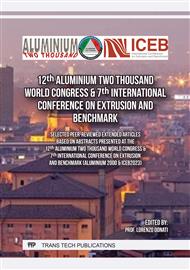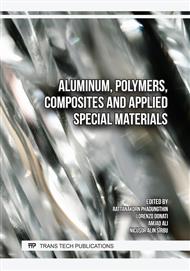p.11
p.19
p.29
p.37
p.43
p.53
p.61
p.69
p.77
Antimicrobial Performance of Different Metals
Abstract:
Health care associated infections or nosocomial infections (NI) is the fourth leading cause of disease and the most common complication affecting hospitalised patients in addition to a minimum of 175,000 deaths every year in industrialised countries. The Center for Disease Control and Prevention (CDC) states that influenza is transmitted from person to person primarily via large virus-laden droplets or through direct or indirect contact with respiratory secretions when touching surfaces contaminated with influenza virus and approximately 80% of the infections are transmitted via touch surfaces. In the year 2020 the Coronavirus (Covid 19) spread has affected the global community and also caused a great concern for the people and health care workers with a global infected population of more than five million. With the ongoing population rise in the cities growing drug resistant bacteria, increasing infection rate in hospitals and communities, ageing world population strongly indicates the need to minimise the spread of infections via touch surfaces. Metals (and products manufactured from them) such as copper and silver are known to exhibit antimicrobial properties. These metals, or composites containing them, can be used as additives and incorporated into other materials such as paints, plastics and powder coatings to imbue these materials with antimicrobial properties. In this paper we present the inherent antimicrobial properties of a copper containing alloy, two alloys of hospital grade steel (304 and 316), extruded aluminium (606013), anodized aluminium (606013) and zinc clad aluminium (3003-7072). Additionally, these materials were coated in epoxy resin powder coating with and without silver based antimicrobial additive. The ability of these metal alloys to reduce the population of inoculated microorganism numbers was assessed via the international standard (ISO) 22196:2011 Measurement of antimicrobial activity on plastics and other non-porous surfaces.
Info:
Periodical:
Pages:
43-52
Citation:
Online since:
October 2024
Authors:
Keywords:
Permissions:
Share:
Citation:



